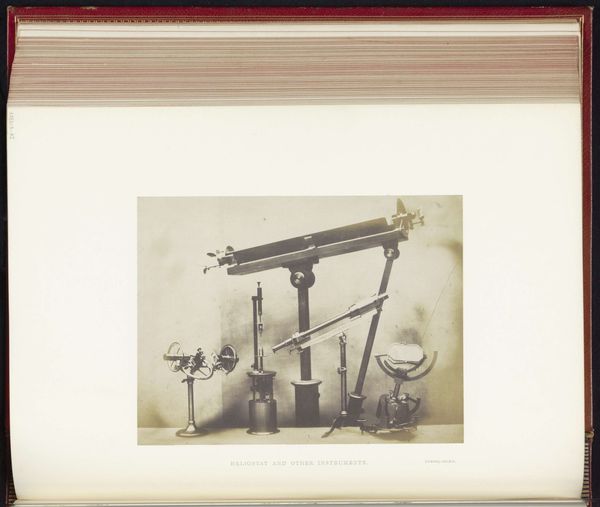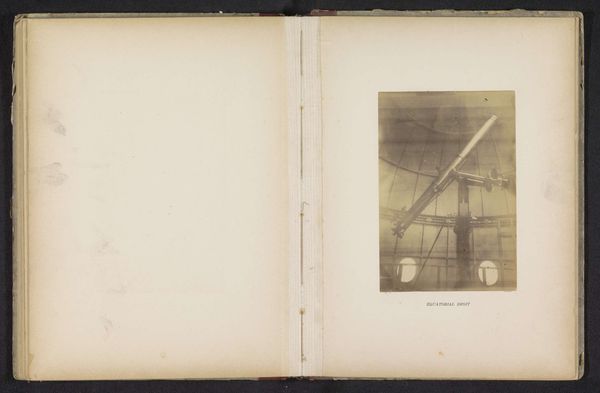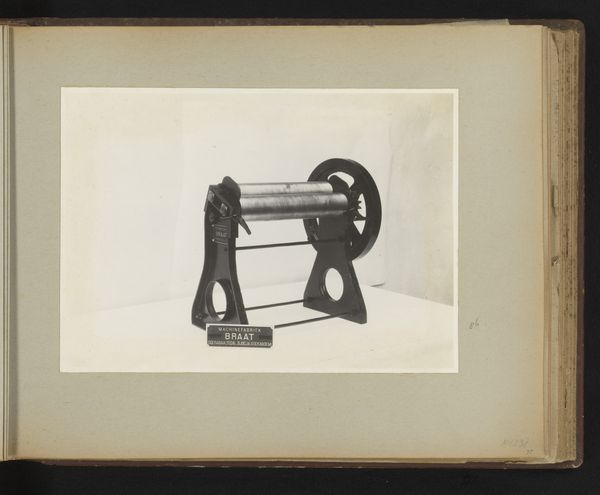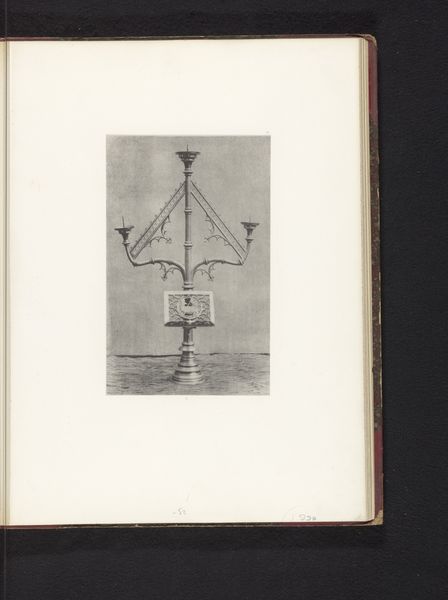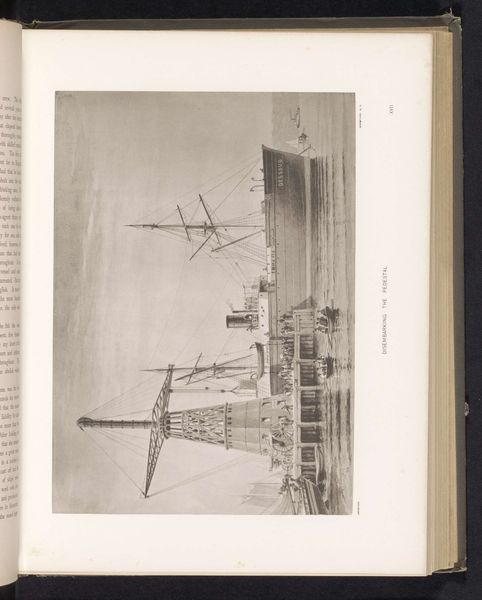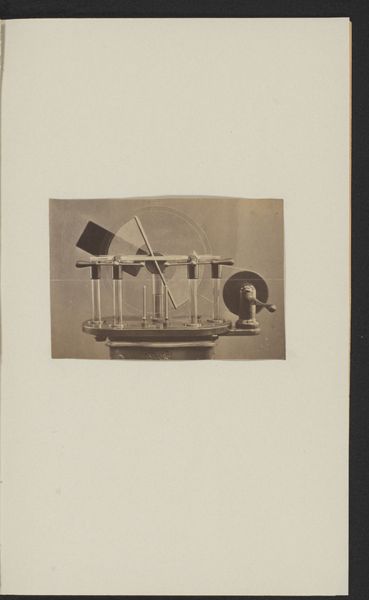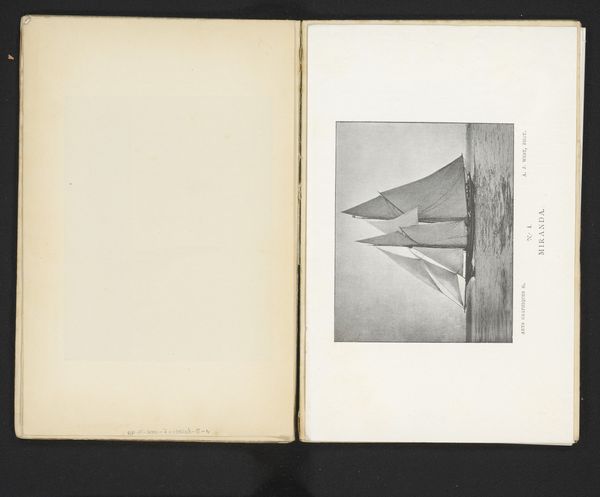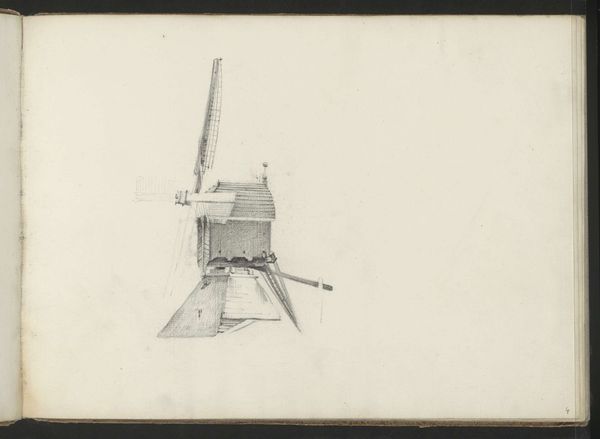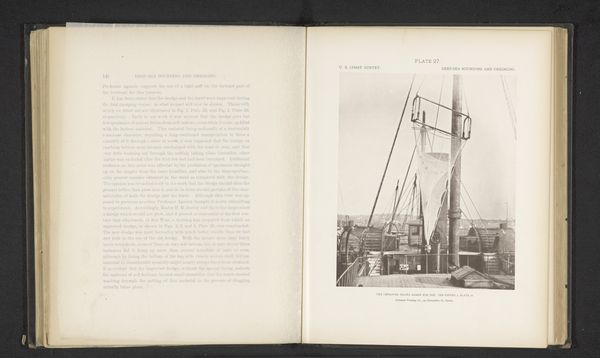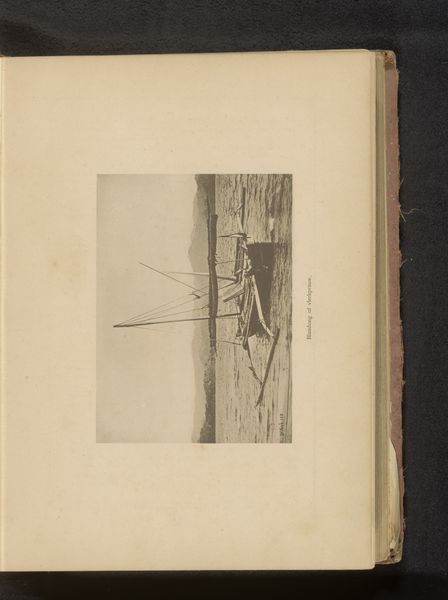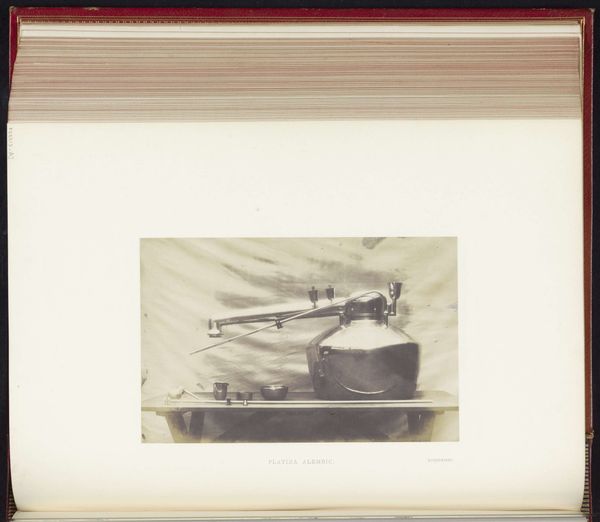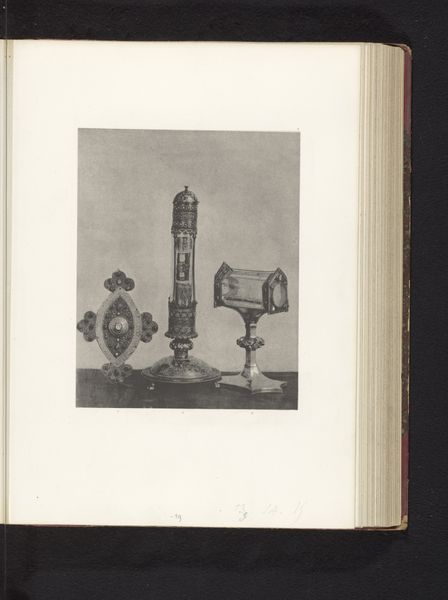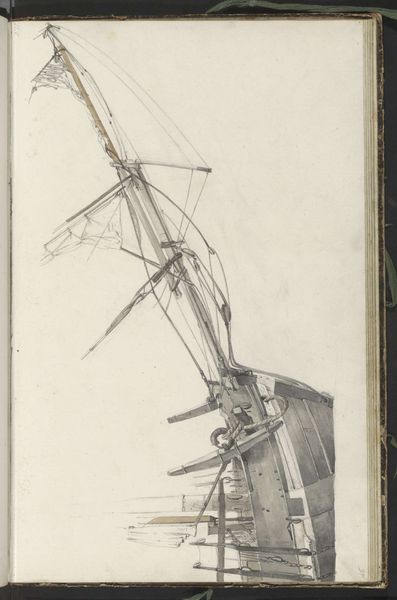
Telescopen van Buron op de Great Exhibition of the Works of Industry of All Nations van 1851 in Londen 1851
0:00
0:00
print, photography
# print
#
photography
Dimensions: height 196 mm, width 146 mm
Copyright: Rijks Museum: Open Domain
Curator: This print, created in 1851 by C.M. Ferrier and F. von Martens, depicts two telescopes showcased at The Great Exhibition in London. It offers a glimpse into the era’s fascination with technological advancement. Editor: The stillness in this image is almost palpable. The monochromatic tones lend the instruments an air of quiet reverence, as though they’re not merely tools but subjects of careful contemplation. Curator: Note the stark lines and geometry of the telescopes themselves. The artists pay close attention to capturing the textures of metal and the articulation of their forms. This meticulous documentation becomes a testament to the rise of scientific instrumentation during the Victorian era. Editor: Absolutely. Consider the social implications: this was an era of unprecedented optimism about technology as a source of societal progress. The Great Exhibition, where this image originated, served to promote the achievements of Western industrialized nations. The question for me is: whom did that progress benefit, and who was further marginalized? Curator: From a structural point of view, the composition uses a strong contrast of light and shadow to define form and shape, thereby drawing the viewer's attention to these mechanical forms and underlining a modernist aesthetic of precision. Editor: I see that formalism, yes. And that precision helped create the visual rhetoric of the age. However, by showcasing such advancements in a grand exhibition, the dominant power structures were being subtly but undeniably reinforced. Whose gaze were these telescopes really for? Who were permitted to participate in this burgeoning culture of science? Curator: Well, it’s evident in their deliberate composition, how the placement of the telescopes offers us two distinct vantages and lines. You can really follow the vectors and gaze in all directions. Editor: Indeed. Looking back, though, it allows us to reflect critically on the legacy of technology and its inherent power dynamics, highlighting both the triumphs and inequalities of that era. Curator: A photograph and study in lines that gives way to deeper discussion; quite interesting. Editor: Yes, revealing more than meets the eye about the scientific and social aspirations of its time.
Comments
No comments
Be the first to comment and join the conversation on the ultimate creative platform.
